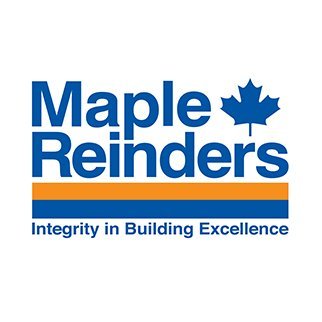Maple Reinders Consortium Reaches Substantial Close on Canada’s First P3 Biosolids Project
Posted
July 11, 2017
Maple Reinders is pleased to announced that on June 29th, the Chinook Resource Management Group, a special purpose company of which Maple Reinders PPP Ltd. is a partner, achieved substantial completion on time and on budget for the City of Calgary’s Source Separated Organics (SSO) and Class A Biosolids in-vessel composting facility. This project was delivered under a DBFOM* Public-Private Partnership (P3) model. In addition to being the first composting facility to be delivered under the P3 model in Canada, it is also the largest of its kind in North America, demonstrating the City of Calgary’s commitment to sustainability and the diversion of renewable resources from landfill disposal.
Beginning immediately Maple Reinders’ subsidiary AIM Environmental Group – Canada’s largest private operator of environmental municipal infrastructure – will begin operations of the facility, on behalf of the City of Calgary, for a period of 10 years. AIM Environmental Group will adhere to the City’s and the Canadian Council of Ministers of the Environment’s (CCME) strict standards to produce Class AA compost from the SSO material, and Class A Biosolids.
“This project provided a unique opportunity for Maple Reinders to leverage its extensive experience in Class A Biosolids and advanced SSO composting with its proficiency in the private financing of municipal infrastructure” said Reuben Scholtens, Director of Infrastructure Development for Maple Reinders Group. “As Maple Reinders celebrates its 50th year, these types of projects help set the tone for our next 50 years of unprecedented success.”
The facility will process 100,000 wet tonnes per year of SSO, leaf and yard material, as well as approximately 40,000 wet tonnes per year of biosolids. It is the first commercial building in Alberta to be registered under LEED® Gold v4, containing several sustainable design features to complement its function. For example, instead of using city water to address the demands of the 356,860 SF facility, 100% of the site stormwater is recovered and used, which also relieves strain on the sewer system in heavy rainfall.

